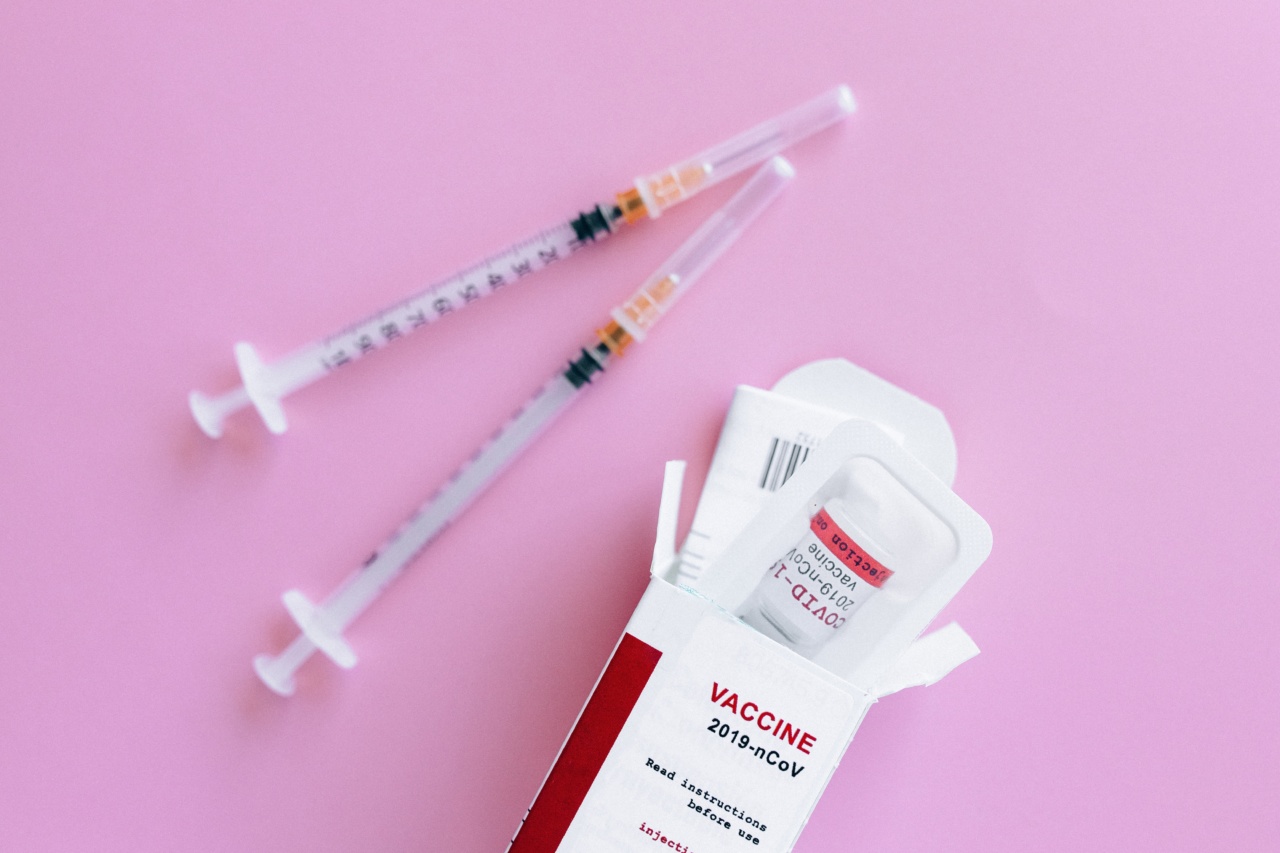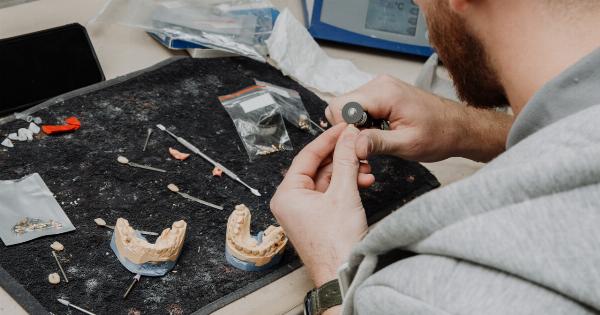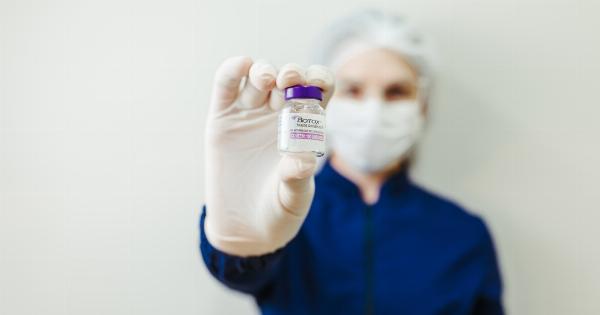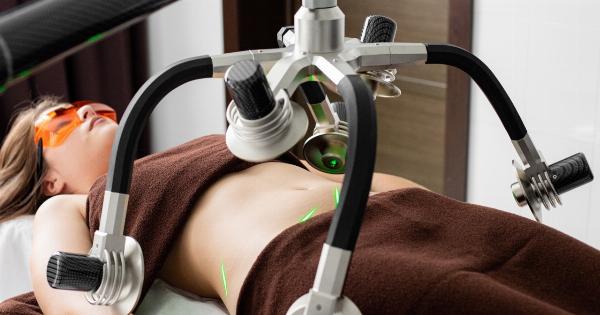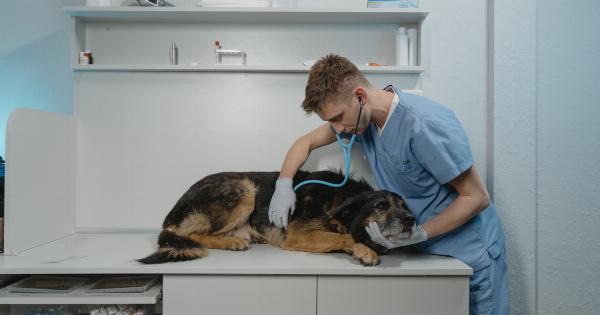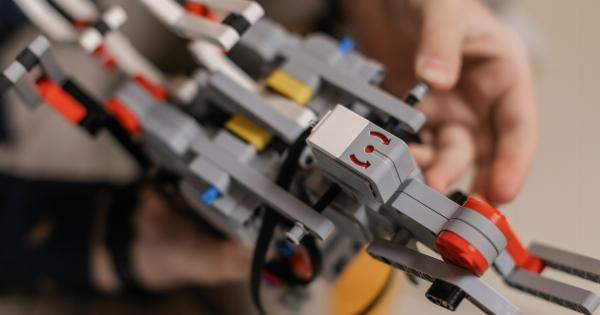Peripheral fistula is a pathological condition characterized by an abnormal connection between blood vessels or hollow organs near the periphery of the body, often resulting in chronic pain, discomfort, and impaired functionality.
Traditional treatment methods for peripheral fistulas have been invasive and associated with high complication rates.
Current Treatment Challenges
The treatment of peripheral fistulas has been a challenge for medical practitioners.
The traditional methods involve open surgery or interventional radiology procedures, which are associated with significant risks, prolonged recovery time, and high recurrence rates. These conventional treatments can also result in undesirable cosmetic outcomes that greatly affect the quality of life for patients.
The Need for a Definitive Treatment Method
There has been a pressing need for the development of a definitive treatment method that offers improved outcomes and reduced risks for patients with peripheral fistulas.
This article aims to explore a novel endoscopic method that holds promise in revolutionizing the management of peripheral fistulas.
The Endoscopic Approach
The new endoscopic method combines the advancements in endoscopic technology and minimally invasive techniques to provide a safe, effective, and definitive treatment for peripheral fistulas.
This approach involves the use of specialized endoscopic instruments to access and visualize the abnormal connection, allowing for precise and targeted interventions.
Advantages of the Endoscopic Method
The endoscopic method offers several advantages over traditional treatment methods:.
- Minimally invasive: The endoscopic approach requires only small incisions, resulting in minimal tissue damage, reduced scarring, and faster recovery times for patients.
- Precision and control: The use of specialized instruments enables surgeons to navigate through complex anatomy and perform precise interventions with enhanced control.
- Reduced recurrence rates: The endoscopic method allows for thorough visualization and complete closure of the fistula, minimizing the chances of recurrence.
- Improved cosmetic outcomes: Compared to open surgery, the endoscopic approach results in minimal scarring, leading to improved cosmetic outcomes and increased patient satisfaction.
The Endoscopic Procedure
The endoscopic procedure for treating peripheral fistula involves the following steps:.
Step 1: Preoperative Evaluation
Patient evaluation includes a detailed medical history, physical examination, and imaging studies to assess the location, size, and extent of the fistula.
Step 2: Patient Preparation
The patient undergoes general anesthesia to ensure comfort and optimal conditions for the endoscopic procedure.
Step 3: Insertion of Endoscope and Visualization
A specialized endoscope is inserted through a small incision near the site of the fistula. This provides real-time visualization of the abnormal connection and surrounding tissues.
Step 4: Intervention and Closure
Using specialized instruments, the surgeon carefully navigates through the fistula, identifying and addressing any underlying issues such as infection or tissue damage.
The fistula is then closed using advanced closure techniques, ensuring a secure and durable seal.
Step 5: Postoperative Care
After the procedure, the patient is closely monitored for any potential complications. Pain management and appropriate wound care are provided to facilitate the healing process.
Outcomes and Clinical Evidence
Preliminary clinical studies have demonstrated promising outcomes with the new endoscopic method for peripheral fistula treatment. Patients reported significantly reduced pain and improved functionality postoperatively.
Long-term follow-up has shown minimal recurrence rates and high patient satisfaction.
Conclusion
The development of a definitive treatment method for peripheral fistula using the new endoscopic approach represents a significant advancement in the field of interventional medicine.
This minimally invasive technique offers improved outcomes, reduced risks, and enhanced cosmetic results for patients. Further research and larger clinical trials are necessary to fully establish the efficacy and safety of this innovative treatment modality.
